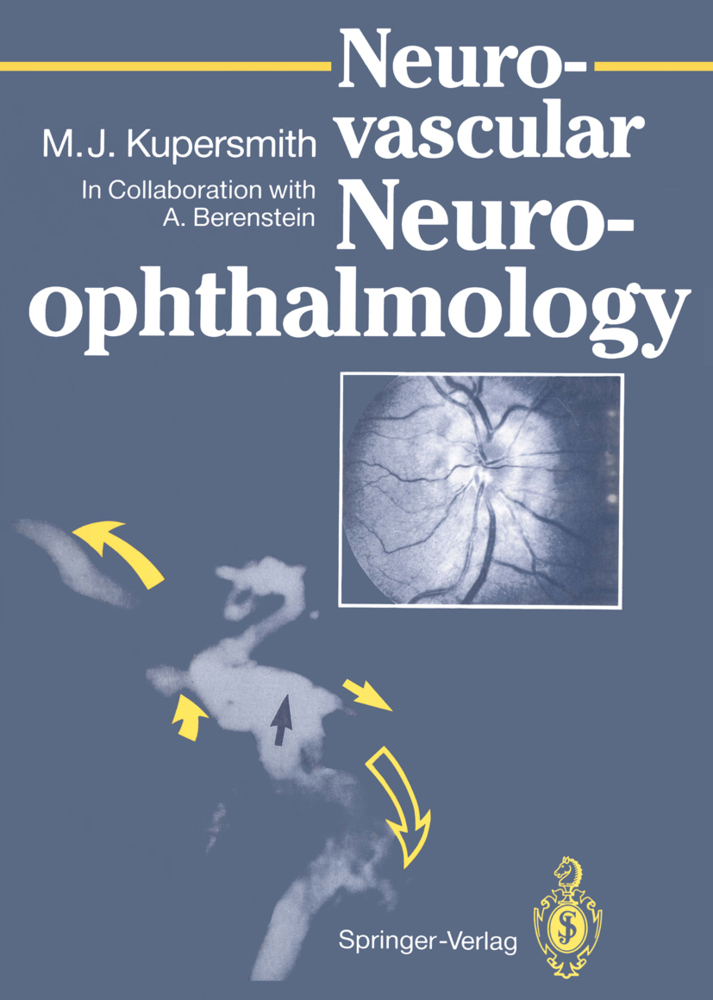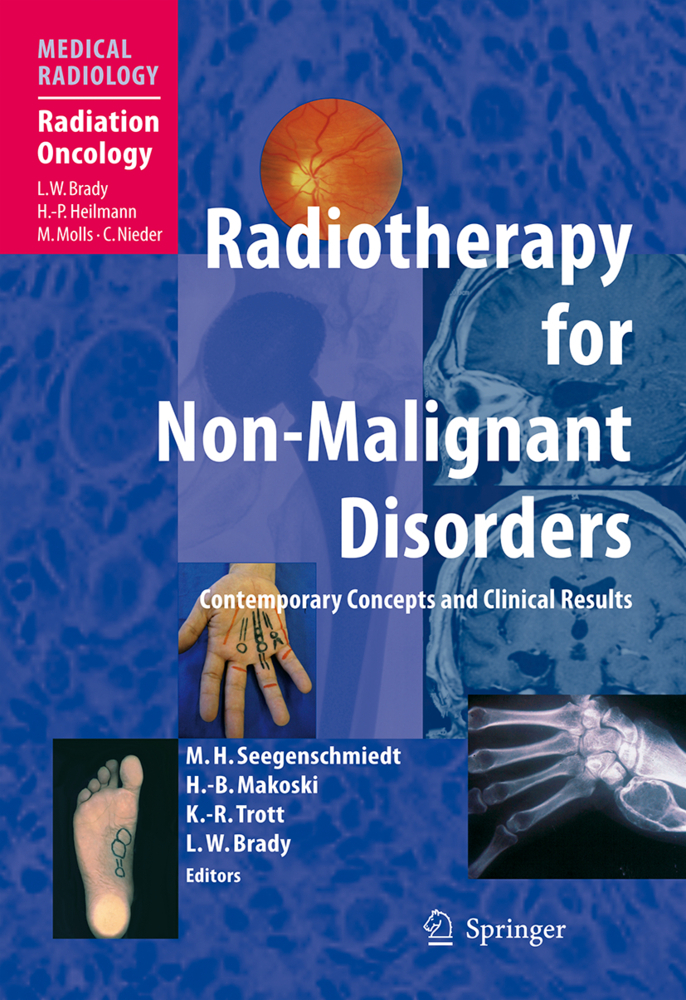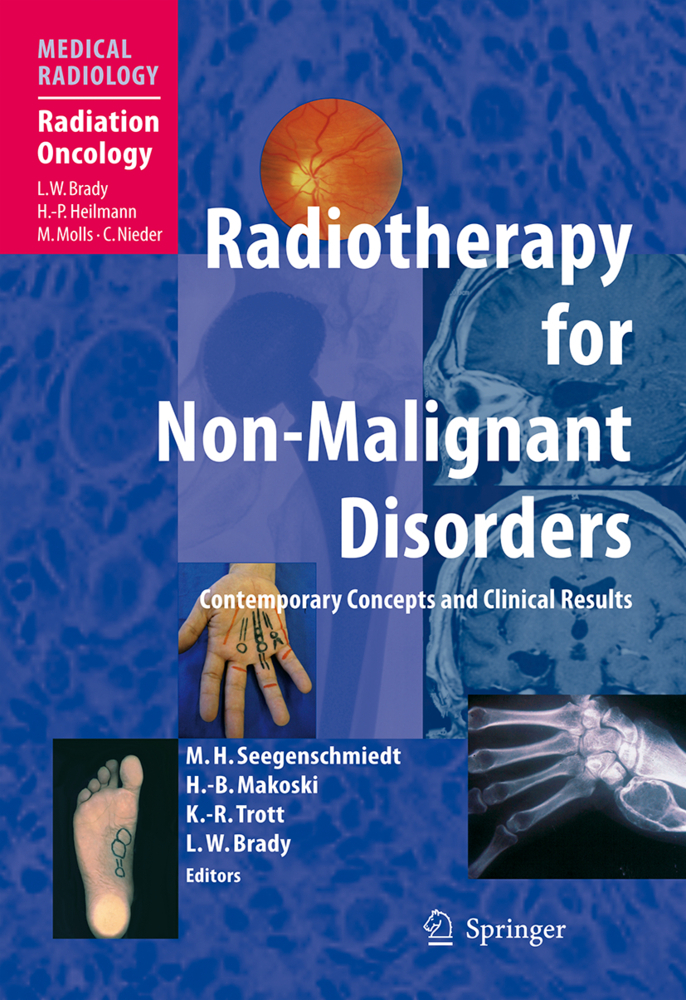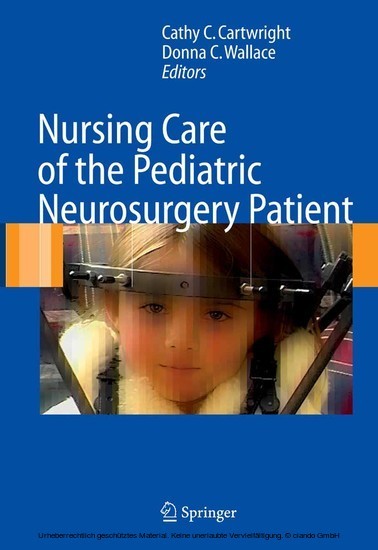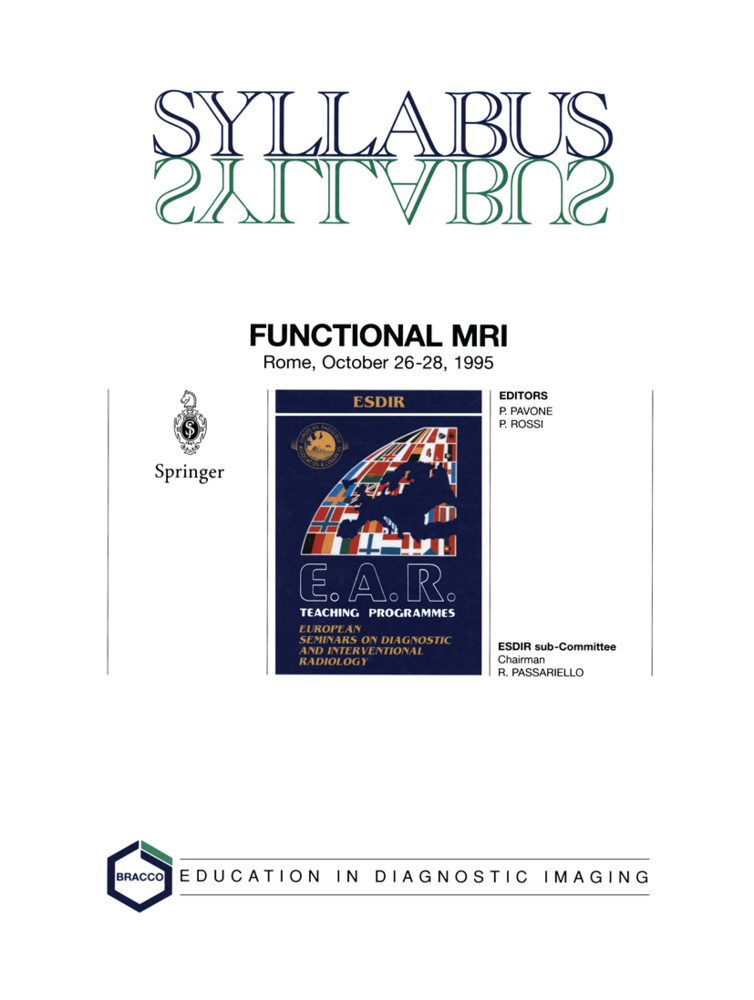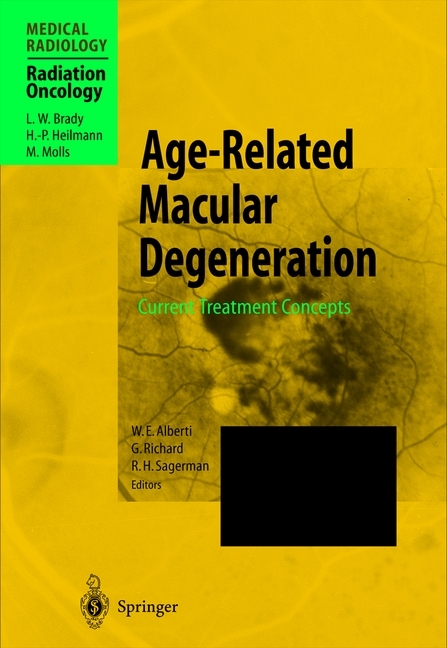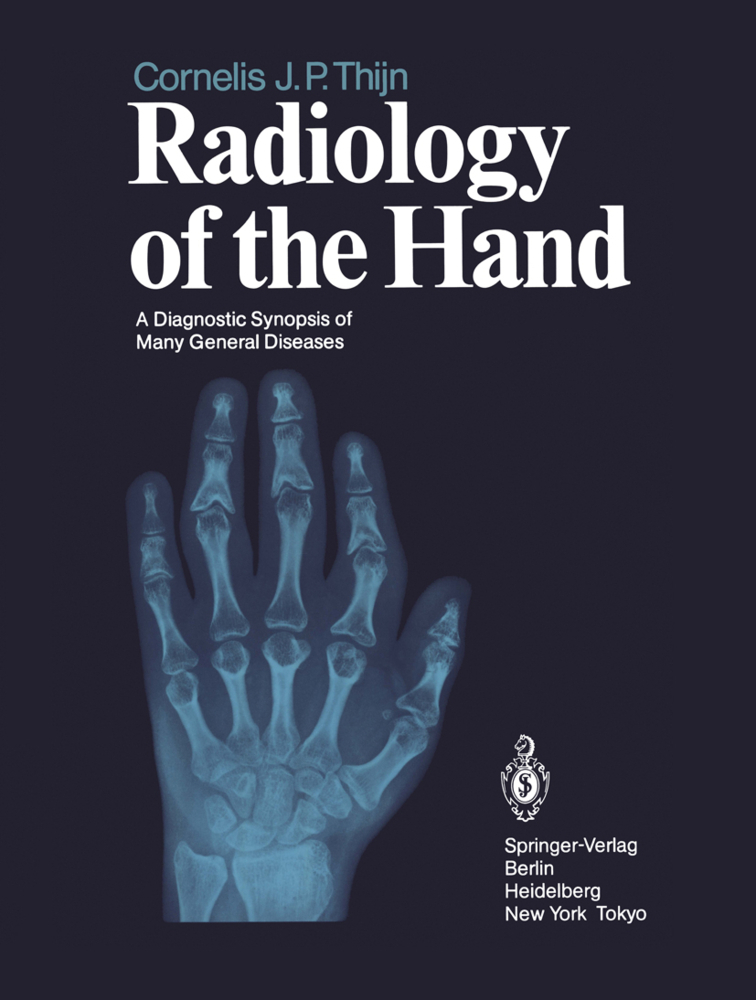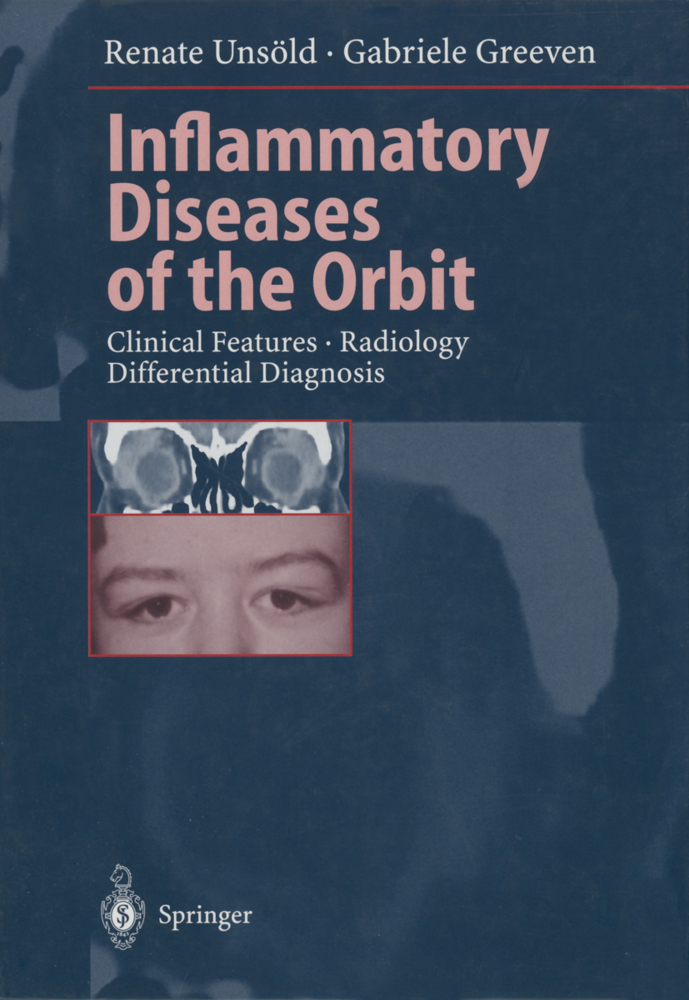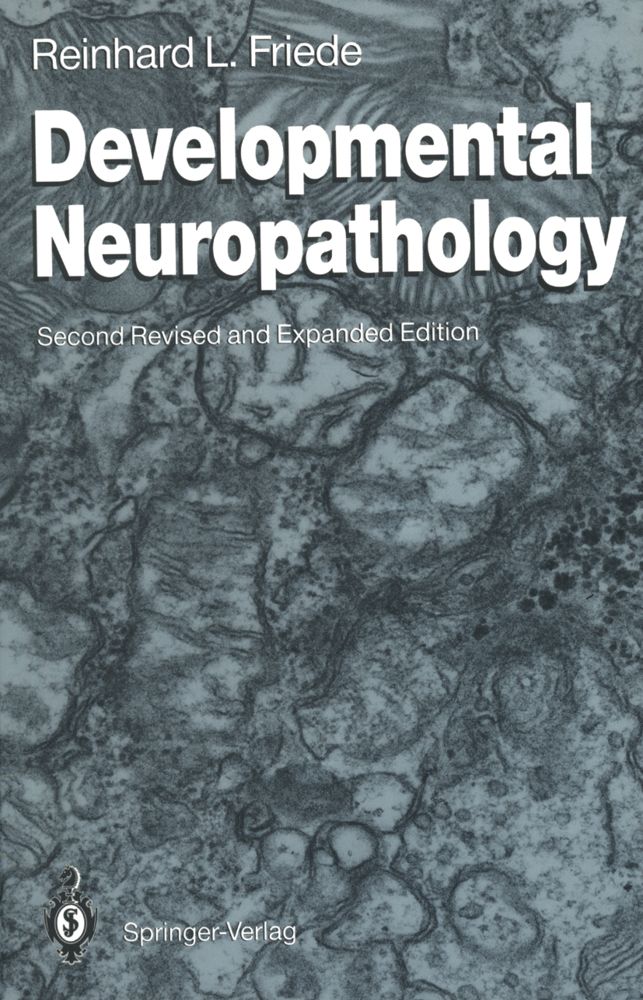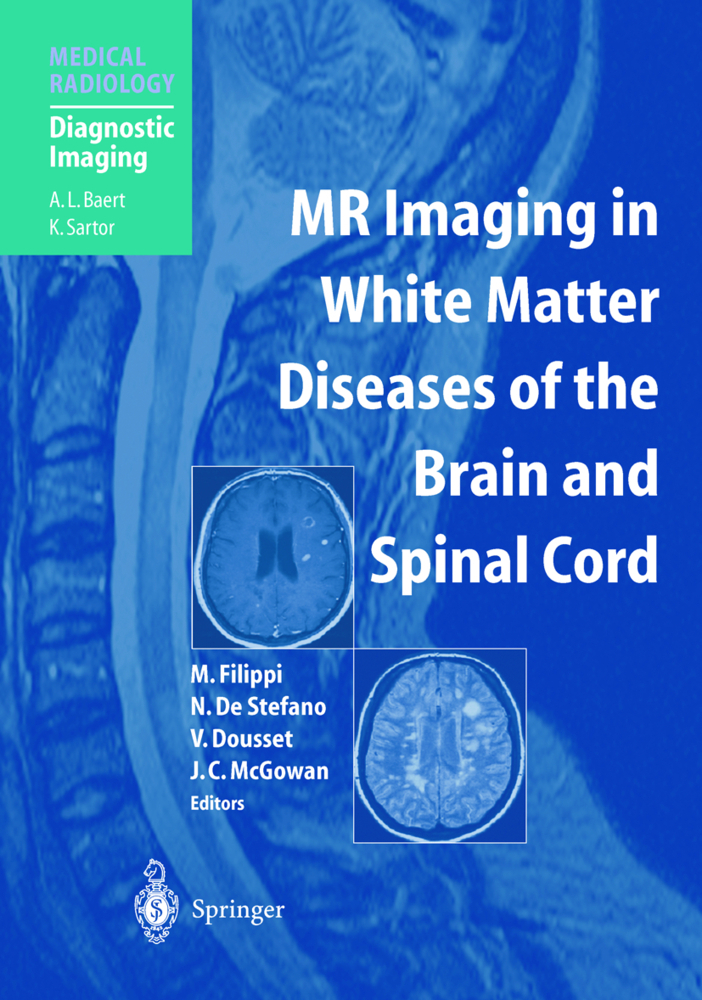Neuro-vascular Neuro-ophthalmology
Neuro-vascular Neuro-ophthalmology
Neuro-ophthalmological symptoms frequently arise in
disorders which alter the intracranial and intraorbital
circulation. Because of the wide range of sensory and
cognitive systems involved in vision and eye movements,
visual disturbances are typically found in the common
vascular disorders, such as atherosclerosis, migraine, and
aneurysms, but can also result from practically any, common
or rare,local or systemic vascular disorder. The
dysfunction can be part of a largersyndrome or the
predominant clinical abnormality. Many of the newer concepts
concerning the diagnosis and treatment of neurovascular
disorders have evolved in consequence of advances in
techniques for neuroimaging such as MRI; methods of
measuring systemic coagulation and inflammation; and
superselective catheterization ofabnormal blood vessels and
vascular lesions. The neuroophthalmological evaluation of
clinical signs and symptoms often leads to accurate
localization and diagnosis of the lesion. Many of these
clinical abnormalities, such as visual field defects and
ocular misalignments, can be quantified and followed to
assess either the natural history of the disorder or the
effects of therapies.
No one medical specialty can manage these neurovascular
neuro-ophthalmological disorders alone. The complexity of
diagnosis and treatment planning requires a multi-
disciplinary team. This approach, bringing ophthalmologists,
neurosurgeons, and neurologists together to confer in the
management of these cases, has been pioneered by the
authors' group at the New York University Medical Center.
1.2 Carotid Arterial System
1.3 Vertebrobasilar Arterial System
1.4 Intracranial Venous Drainage
1.5 Circulation in Regions of Neuro-ophthalmologic Importance
1.6 Cerebral Blood Flow Physiology
2 Carotid Cavernous Fistulas
2.1 Epidemiology and Causes
2.2 Clinical Presentation, Evaluation, and Differential Diagnosis
2.3 Laboratory Evaluation
2.4 Therapy
3 Neuro-ophthalmic Manifestations of Intracranial Dural Venous Disorders
3.1 Introduction
3.2 Dural Arteriovenous Malformations and Shunts
3.3 Dural Venous Sinus Thrombosis
4 Orbital Vascular Lesions
4.1 Introduction
4.2 Clinical Evaluation of Patients with Orbital Disease
4.3 Imaging of Orbital Lesions
4.4 Orbital Varix
4.5 Arteriovenous Malformation
4.6 Capillary Hemangioma
4.7 Cavernous Hemangioma (Cavernoma)
4.8 Lymphangioma
4.9 Hemangiopericytoma
4.10 Malignant Hemangioendothelioma
4.11 Leiomyoma
4.12 Vascular Tumors of the Sphenoid Wing and the Cavernous Sinus
4.13 Vascular Phakomatoses (Neurocutaneous Syndromes)
4.14 Cavernous Hemangioma of the Brain and Retina
5 Vascular Optic Neuropathies
5.1 Anterior Ischemic Optic Neuropathy
5.2 Giant-Cell Arteritis
5.3 Papilledema
5.4 Leber's Optic Neuropathy
5.5 Postshock Optic Neuropathy
5.6 Low-Tension Glaucoma
5.7 Juvenile Diabetes Mellitus
5.8 Optic Disc Vasculities or Papillophlebitis
5.9 Posterior Ischemic Optic Neuropathy
5.10 Rare Causes of Ischemic Optic Neuropathy
5.11 Radiation Damage to the Eye and Brain
6 Aneurysms Involving the Motor and Sensory Visual Pathways
6.1 General Discussion
6.2 Carotid Cavernous Aneurysm
6.3 Posterior Communicating Artery Aneurysm
6.4 Carotid-Ophthalmic ArteryAneurysm
6.5 Aneurysm of the Internal Carotid Artery Bifurcation
6.6 Anterior Communicating Artery Aneurysm
6.7 Basilar Artery Aneurysm
6.8 Other Posterior Circulation Aneurysms
6.9 Nonsaccular Aneurysms
7 Vascular Malformations of the Brain
7.1 Arteriovenous Malformations
7.1.11 Treatment
7.2 Other Vascular Lesions of the Brain
8 Embolic and Noninflammatory Occlusive Vascular Disease of the Visual and Ocular Motor Systems
8.1 Introduction
8.2 Ocular Ischemia
8.3 Carotid and Cardiac Evaluation
8.4 Aortic Arch Occlusive Disease
8.5 Neuro-ophthalmologic Disorders Caused by Brain Infarcts
8.6 Therapeutic Considerations
8.7 Atypical Occlusive Disease of the Ophthalmic Artery
8.8 Ischemic Cranial Nerve Syndromes
8.9 Fibromuscular Dysplasia
8.10 Moyamoya Disease
8.11 Hypercoagulation Disorders
8.12 Dissection of the Carotid and Vertebral Arteries
8.13 Metabolic Disorders Associated with Cerebral Vaso-occlusive Disease
8.14 Specific Retinal Disorders
9 Inflammatory Vascular Disorders of the Brain and Eye
9.1 Introduction
9.2 Giant Cell Arteritis (Temporal Arteritis)
9.3 Polyarteritis Nodosa
9.4 Systemic Lupus Erythematosus
9.5 Rheumatoid Arthritis
9.6 Wegener's Granulomatosis
9.7 Behçet's Syndrome
9.8 Granulomatous Angiitis Confined to the Central Nervous System
9.9 Central Nervous System Angiitis of Other Causes
9.10 Takayasu's Arteritis
9.11 Cogan's Syndrome
9.12 Lymphatoid Granulomatosis
9.13 Microangiopathy of the Retina and Brain
9.14 Eales' Disease (Periphlebitis Retinae)
9.15 Acute Posterior Multifocal Placoid Pigment Epitheliopathy and Cerebral Vasculities
9.16 Sjögren's Syndrome
9.17 Occlusive Disease Associated with Antiphospholipid Antibody Syndromes: A Disorder inEvolution
10 Migraine
10.1 Introduction and Epidemiology
10.2 Types of Migraine
10.3 Theories of the Causes of Migraine
10.4 Theories of Visual and Neurologic Phenomena
10.5 Mechanisms of Headache
10.6 Laboratory Evaluation
10.7 Treatment
References.
1 Circulation of the Eye, Orbit, Cranial Nerves, and Brain
1.1 Introduction1.2 Carotid Arterial System
1.3 Vertebrobasilar Arterial System
1.4 Intracranial Venous Drainage
1.5 Circulation in Regions of Neuro-ophthalmologic Importance
1.6 Cerebral Blood Flow Physiology
2 Carotid Cavernous Fistulas
2.1 Epidemiology and Causes
2.2 Clinical Presentation, Evaluation, and Differential Diagnosis
2.3 Laboratory Evaluation
2.4 Therapy
3 Neuro-ophthalmic Manifestations of Intracranial Dural Venous Disorders
3.1 Introduction
3.2 Dural Arteriovenous Malformations and Shunts
3.3 Dural Venous Sinus Thrombosis
4 Orbital Vascular Lesions
4.1 Introduction
4.2 Clinical Evaluation of Patients with Orbital Disease
4.3 Imaging of Orbital Lesions
4.4 Orbital Varix
4.5 Arteriovenous Malformation
4.6 Capillary Hemangioma
4.7 Cavernous Hemangioma (Cavernoma)
4.8 Lymphangioma
4.9 Hemangiopericytoma
4.10 Malignant Hemangioendothelioma
4.11 Leiomyoma
4.12 Vascular Tumors of the Sphenoid Wing and the Cavernous Sinus
4.13 Vascular Phakomatoses (Neurocutaneous Syndromes)
4.14 Cavernous Hemangioma of the Brain and Retina
5 Vascular Optic Neuropathies
5.1 Anterior Ischemic Optic Neuropathy
5.2 Giant-Cell Arteritis
5.3 Papilledema
5.4 Leber's Optic Neuropathy
5.5 Postshock Optic Neuropathy
5.6 Low-Tension Glaucoma
5.7 Juvenile Diabetes Mellitus
5.8 Optic Disc Vasculities or Papillophlebitis
5.9 Posterior Ischemic Optic Neuropathy
5.10 Rare Causes of Ischemic Optic Neuropathy
5.11 Radiation Damage to the Eye and Brain
6 Aneurysms Involving the Motor and Sensory Visual Pathways
6.1 General Discussion
6.2 Carotid Cavernous Aneurysm
6.3 Posterior Communicating Artery Aneurysm
6.4 Carotid-Ophthalmic ArteryAneurysm
6.5 Aneurysm of the Internal Carotid Artery Bifurcation
6.6 Anterior Communicating Artery Aneurysm
6.7 Basilar Artery Aneurysm
6.8 Other Posterior Circulation Aneurysms
6.9 Nonsaccular Aneurysms
7 Vascular Malformations of the Brain
7.1 Arteriovenous Malformations
7.1.11 Treatment
7.2 Other Vascular Lesions of the Brain
8 Embolic and Noninflammatory Occlusive Vascular Disease of the Visual and Ocular Motor Systems
8.1 Introduction
8.2 Ocular Ischemia
8.3 Carotid and Cardiac Evaluation
8.4 Aortic Arch Occlusive Disease
8.5 Neuro-ophthalmologic Disorders Caused by Brain Infarcts
8.6 Therapeutic Considerations
8.7 Atypical Occlusive Disease of the Ophthalmic Artery
8.8 Ischemic Cranial Nerve Syndromes
8.9 Fibromuscular Dysplasia
8.10 Moyamoya Disease
8.11 Hypercoagulation Disorders
8.12 Dissection of the Carotid and Vertebral Arteries
8.13 Metabolic Disorders Associated with Cerebral Vaso-occlusive Disease
8.14 Specific Retinal Disorders
9 Inflammatory Vascular Disorders of the Brain and Eye
9.1 Introduction
9.2 Giant Cell Arteritis (Temporal Arteritis)
9.3 Polyarteritis Nodosa
9.4 Systemic Lupus Erythematosus
9.5 Rheumatoid Arthritis
9.6 Wegener's Granulomatosis
9.7 Behçet's Syndrome
9.8 Granulomatous Angiitis Confined to the Central Nervous System
9.9 Central Nervous System Angiitis of Other Causes
9.10 Takayasu's Arteritis
9.11 Cogan's Syndrome
9.12 Lymphatoid Granulomatosis
9.13 Microangiopathy of the Retina and Brain
9.14 Eales' Disease (Periphlebitis Retinae)
9.15 Acute Posterior Multifocal Placoid Pigment Epitheliopathy and Cerebral Vasculities
9.16 Sjögren's Syndrome
9.17 Occlusive Disease Associated with Antiphospholipid Antibody Syndromes: A Disorder inEvolution
10 Migraine
10.1 Introduction and Epidemiology
10.2 Types of Migraine
10.3 Theories of the Causes of Migraine
10.4 Theories of Visual and Neurologic Phenomena
10.5 Mechanisms of Headache
10.6 Laboratory Evaluation
10.7 Treatment
References.
Kupersmith, Mark J.
Berenstein, Alejandro
| ISBN | 9783642776229 |
|---|---|
| Artikelnummer | 9783642776229 |
| Medientyp | Buch |
| Auflage | Softcover reprint of the original 1st ed. 1993 |
| Copyrightjahr | 2011 |
| Verlag | Springer, Berlin |
| Umfang | 554 Seiten |
| Abbildungen | XVIII, 554 p. |
| Sprache | Englisch |

